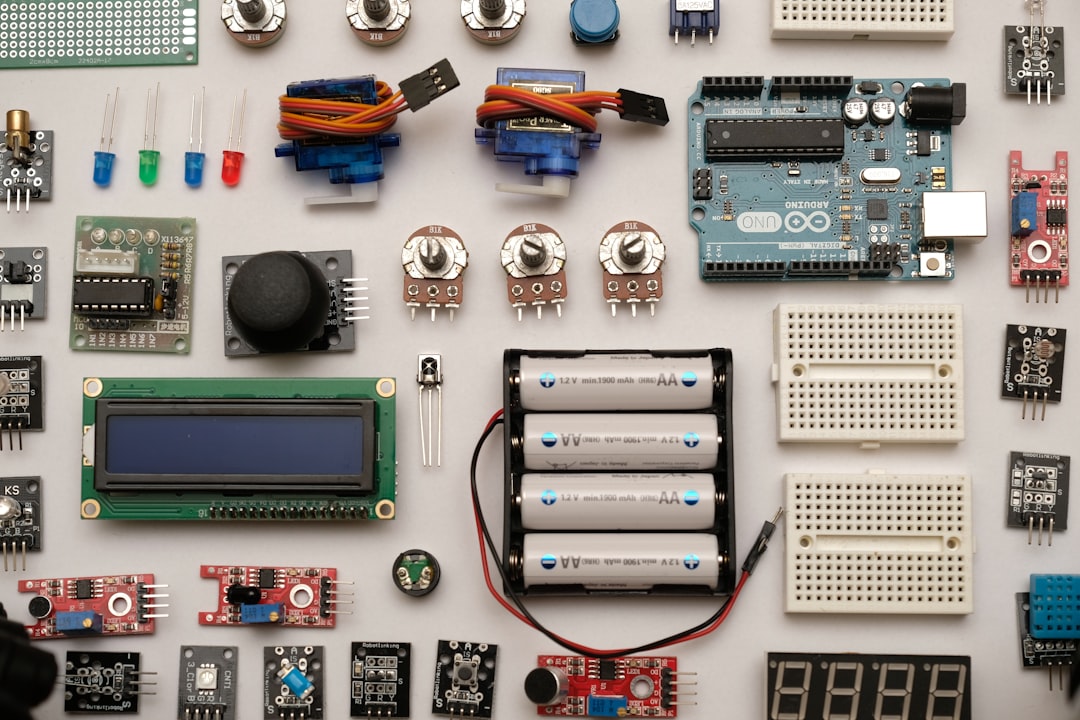Epsom Salt for Deep-Cycle Batteries
Pulse Charging Techniques: A Closer Look at Modern Solutions for Sulfation
What Happens When You Use Baking Soda in Your Battery? Battery emphasize that such remedies do not genuinely improve battery performance but rather alter measurements like specific gravity artificially, misleading users about the battery's health. The Impact of Sulfation on Battery Health and How to Mitigate ItUnderstanding Sulfation and Its Impact on Battery HealthSulfation occurs when sulfuric acid in lead-acid batteries, which is essential for their operation, breaks down and forms lead sulfate crystals on the battery plates.
S. It involves sending controlled electrical pulses through the battery to break down lead sulfate deposits potentially.
While some advanced and expensive pulse chargers have shown efficacy in reviving sulfated batteries more efficiently than traditional chargers, Wehmeyer cautions against their general use due to potential damage if not properly utilized. The Misconception of Battery Revival TechniquesWhen it comes to reviving a dead or dying battery, there are numerous methods touted online that promise miraculous recoveries.
Unintended ConsequencesOther household substances commonly repurposed in DIY battery recovery include baking soda and aspirin.
